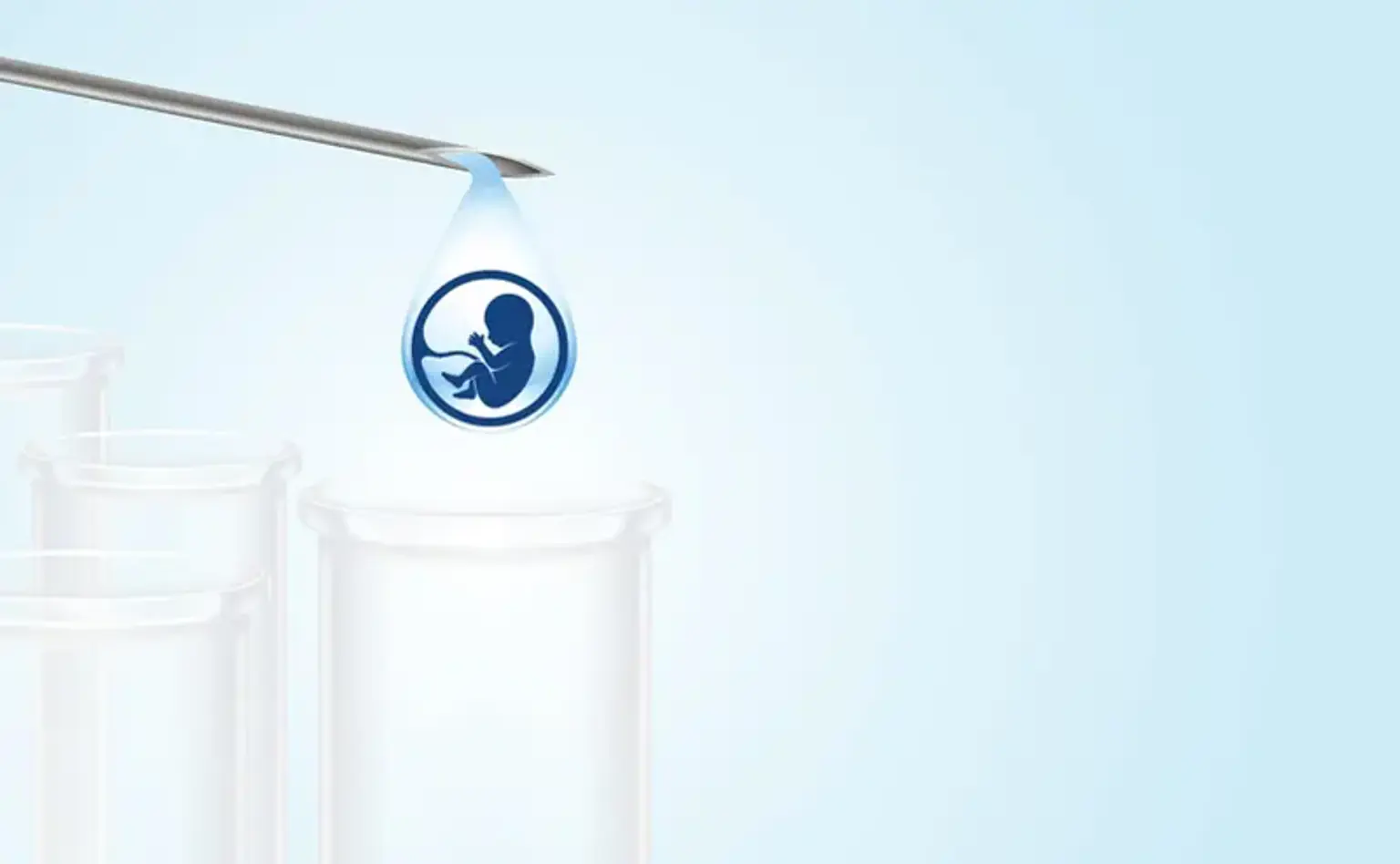Extension of Embryos Storage
Overview
Embryo freezing (cryopreservation) is the process of freezing and storing fertilized eggs for later use. It is frequently employed in reproductive procedures that result in embryos, such as in vitro fertilization (IVF). It can also help people maintain their fertility and become pregnant in the future. People undergoing cancer treatment or undergoing gender transition are two examples.
People in the United Kingdom are increasingly opting to freeze their gametes (eggs and sperm) and embryos. There are several causes for this, including: not being ready for a family but wanting to preserve fertility, cancer treatment that may affect fertility or because they are planning to transition or undergo gender re-assignment surgery.
According to the Human Fertilisation and Embryology Authority (HFEA), 37% of patients freezing their eggs in the UK in 2019 were under the age of 35, 53% were 35 to 40, and 12% were beyond 40.
